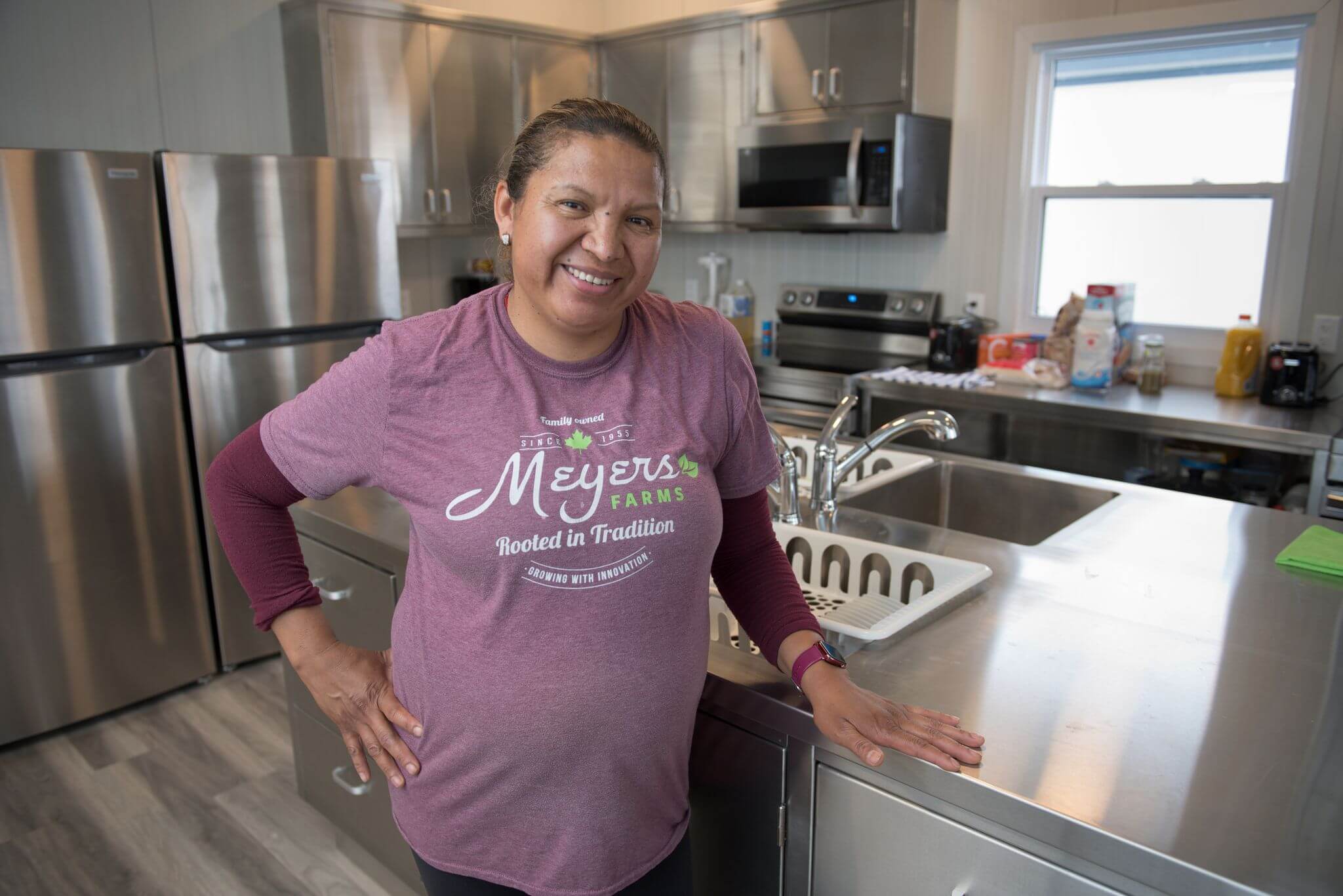One of the most significant benefits for migrant farm workers coming to Canada through the legal government-regulated Seasonal Agricultural Worker Program (SAWP) and Temporary Foreign Worker (TFW) program is housing.
Given the rural location of most farms, finding housing in the area can be extremely difficult. Luckily for the workers, housing is provided by their employers and is something they don’t have to worry about.
First off, it’s an absolute must for employers to provide these farm workers with housing, as outlined by the government. Without the guarantee of appropriate housing, employers cannot hire workers from SAWP or the TFW program.
SAWP workers live completely rent-free, and although TFW program workers pay rent, it’s capped at a maximum of $30 a week. Most employers have built housing units on the farm, which range in size depending on the number of workers they employ. Some workers live in single rooms, although it’s more usual for workers to have a roommate and share a common area, very similar to what you see with oil workers in Western Canada.
There are also annual inspections of all housing units by government officials, local public health units and, for SAWP workers, liaison officers from their home countries. Among the things inspectors look for is ensuring that all housing is pest-free, can maintain a minimum temperature of 20oC, is properly outfitted with furniture and appliances, and has clean water, ventilation and adequate sanitation facilities. These requirements are the absolute minimum, but many growers go above and beyond what’s required to provide fantastic housing for their workers.
Maricela works at Meyers Fruit Farms in Niagara Region. Meyers has recently built five new housing units to accommodate their 40 employees. Watch the below video as Maricela walks us through the new housing unit she lives in with her colleagues.
Asparagus grower Mike Chromczak gives us a look at the units on his farm. Each four-bedroom unit houses six workers who share two full bathrooms, two fridges, laundry facilities, a spacious kitchen and common living area.
Unfortunately, there’s a good chance you’ve come across images of migrant farm worker housing that appears rundown, unsafe and frankly unhabitable. In most cases, these situations involve workers who are undocumented or working without legal permits, a precarious status that leaves them vulnerable to mistreatment. Both the federal and provincial governments have announced their intentions to prevent the exploitation of these undocumented people, which has the full support of the agriculture sector.
In 2022, the federal government implemented new anti-reprisal rules specific to these migrant workers to supplement existing provincial protections such as those in Ontario which protect all employees, including local and foreign ones. Between the federal and provincial regulations, the workers have several layers of protection against being penalized or punished for speaking out about unsafe working or inadequate living conditions.
To learn more about the government regulated streams, including the differences between the SAWP and TFW program, read more of our blog posts at https://www.morethanamigrantworker.ca/blog/.

